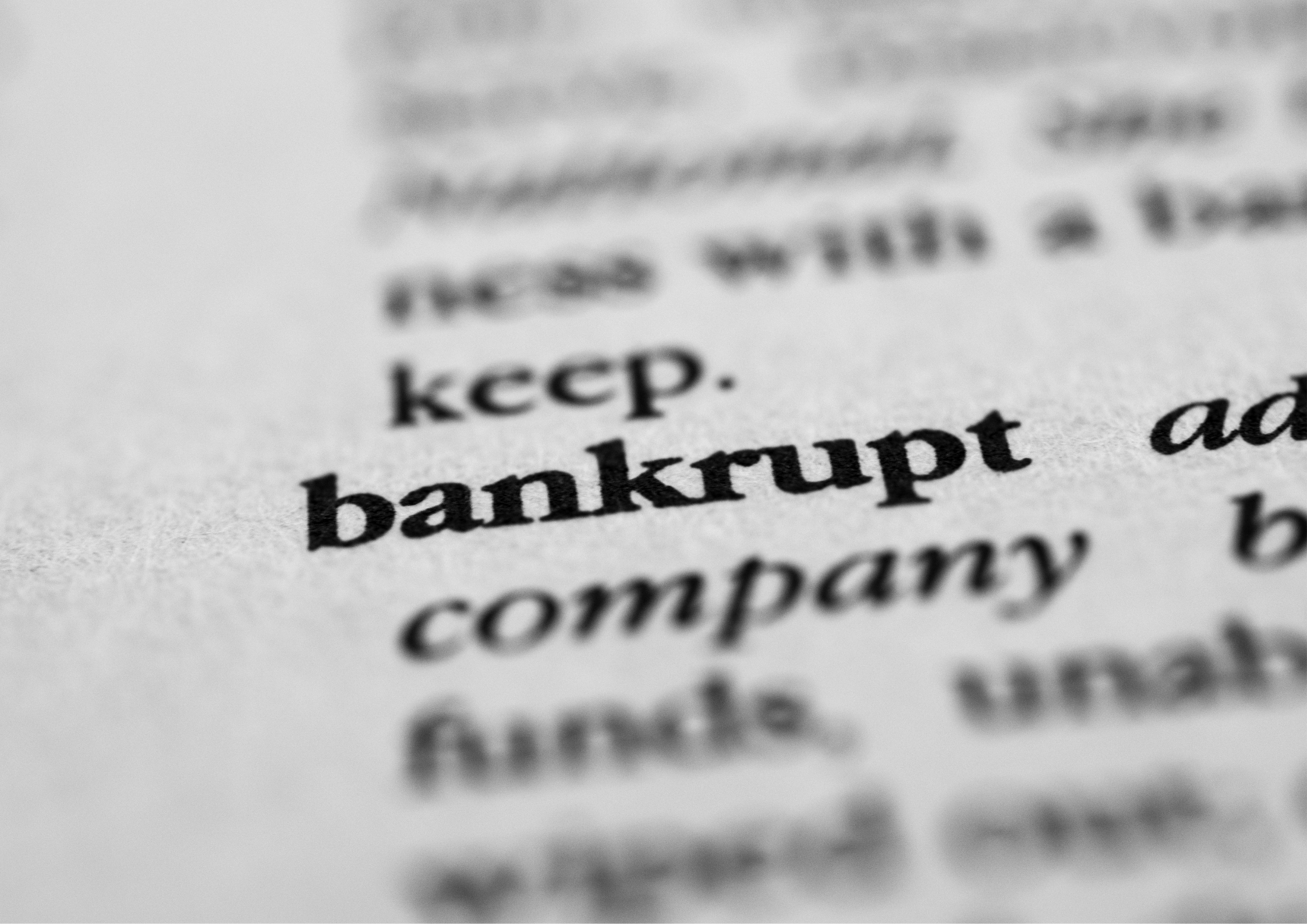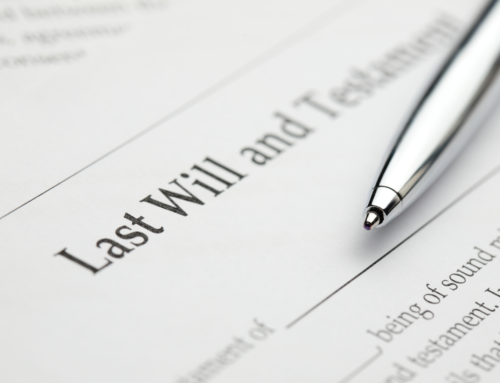Are you overwhelmed with your credit card debt, unpaid bills or loan repayments? Not sure which debt solution is right for you? Temporary debt protection, debt agreement, personal insolvency agreements, and bankruptcy – there are many solutions available. Understand the options available to you to gain control of your financial situation.
Personal insolvency options
Under the Bankruptcy Act 1966, there are four options to deal with your unmanageable debt:
Temporary debt protection (TDP)
This insolvency option provides you with a 21-day protection period where unsecured creditors cannot take action to recover any money you owe them. It’s important to note that temporary debt protection does not apply to child support, HELP (formerly HECS) debts, or fines imposed by a Court.
During these 21 days, your wages can’t be garnished, but your creditors can still take some actions:
- Creditors can still contact you to seek payment.
- Secured creditors can still repossess any assets they hold security over.
- Creditors can start or continue legal action to recover their debts with you.
During the protection period, most people will negotiate a payment plan with creditors, seek financial advice or consider formal insolvency as the next step.
Debt agreements
Also known as Part IX (9), debt agreements are legally binding agreements between you and your creditors to pay back a portion of your debts. A flexible alternative to personal insolvency agreements and bankruptcy, debt agreements can help you negotiate your unmanageable debts. However, to be eligible for a debt agreement, you must stay within the debt and income limits. Furthermore, there are consequences to entering a debt agreement:
- Your ability to attain a credit card will be limited.
- Your name will appear on a public register for some time.
Another debt solution agreement that may be available to you is a personal insolvency agreement.
Personal insolvency agreements
Also known as Part X (10), a personal insolvency agreement is another legally binding agreement you can enter with your creditors. A personal insolvency agreement or PIA involves the appointment of a trustee who takes control of your assets and makes an offer to your creditors. You will pay an agreed payment in a lump sum or installments. The length of your PIA depends on what your trustee negotiates with your creditors.
Personal bankruptcy
Bankruptcy is typically the last resort when dealing looking at debt solutions. Bankruptcy is a legal process initiated when people cannot repay their outstanding debts. Lasting for three years and 1 day, bankruptcy can provide you with a fresh start. However, bankruptcy impacts your life in other ways. For instance, you may lose some of your assets, you cannot travel overseas, and you may not be able to work in certain trades or professions. Plus, your name appears permanently on the National Insolvency Index list, and you may need help to attain credit or insurance.
Insolvency lawyers in Geelong
If you require a solution to deal with your debt, speak to one of our experienced insolvency lawyers in Geelong. We will listen and help you understand all the options available to you, and then we will work with your creditors to find a solution. Contact WJM on 03 5222 2077 or email info@wjmlawyers.com.au for your free no-obligation initial consultation with Geelong’s best lawyers.






